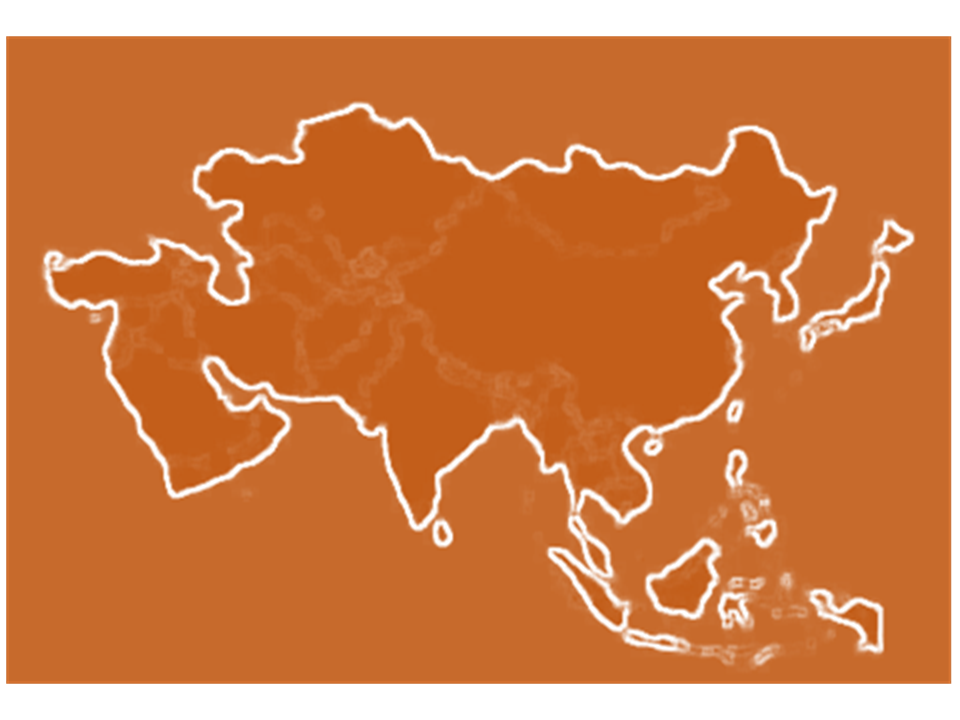Pick Up
1021. Climate Change Making Heat Waves in Asia More Extreme

1021. Climate Change Making Heat Waves in Asia More Extreme
From April to early May, a series of record-breaking heat waves hit countries in Asia, including Israel, Palestine, Lebanon, and Syria in the west, and Thailand, Vietnam, and the Philippines in the east, with temperatures exceeding 40 degrees Celsius over several days. The heat wave also had a negative impact on the agricultural sector, reducing production and yields, while several countries were forced to close schools for several days, leaving millions of students without access to education.
On May 14, World Weather Attribution (WWA), which analyzes the causal relationships between extreme events and climate change, reported that climate change made the heat waves that hit millions of people from April to early May across Asia more extreme.
In recent years, there has been an increase in the frequency of extreme heat waves during the pre-monsoon period in South Asia. WWA has previously reported that the 2022 dry heat waves in India and Pakistan and the 2023 humid heat waves in India, Bangladesh, Laos, and Thailand became 30 times more likely and more intense due to human-induced climate change.
In today's climate, which has warmed by 1.2°C above pre-industrial levels due to human activities, extreme heat waves like this one are not rare events. In West Asia, there is a 10% chance of a heat wave like this one occurring in a year, or once every 10 years. In the Philippines, it is estimated to be about 10% per year, once every 10 years with El Niño and once every 20 years without El Niño. In the wider region of South Asia, warm April is relatively rare, with a probability of 3% or once every 30 years.
If the global temperature rises to 2°C above pre-industrial levels, the likelihood of extreme heat waves is expected to double in West Asia and increase fivefold in the Philippines, and the temperature is expected to be 1°C higher in West Asia and by 0.7°C in the Philippines.
Recurrent heat waves and their impacts in Asia over the past few years have raised awareness of heat waves as a hazard for many countries, prompting them to prepare and put appropriate guidelines in place. Cross-sectoral coordination strategies are also needed to build capacity for emergency response during heatwaves.
Contributor: IIYAMA Miyuki (Information Program)
